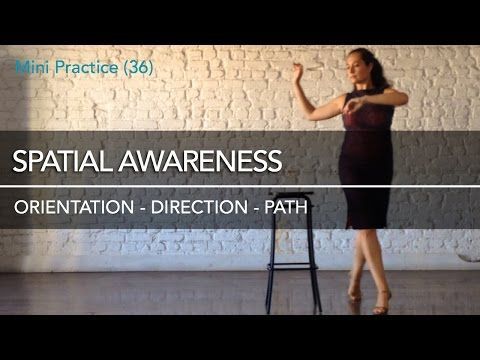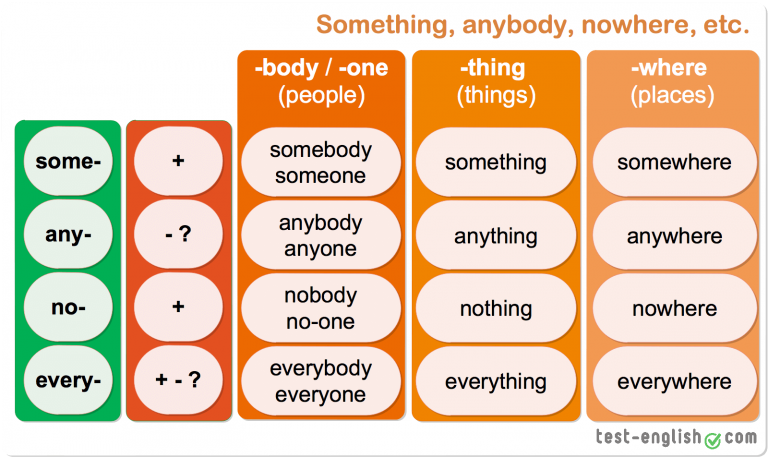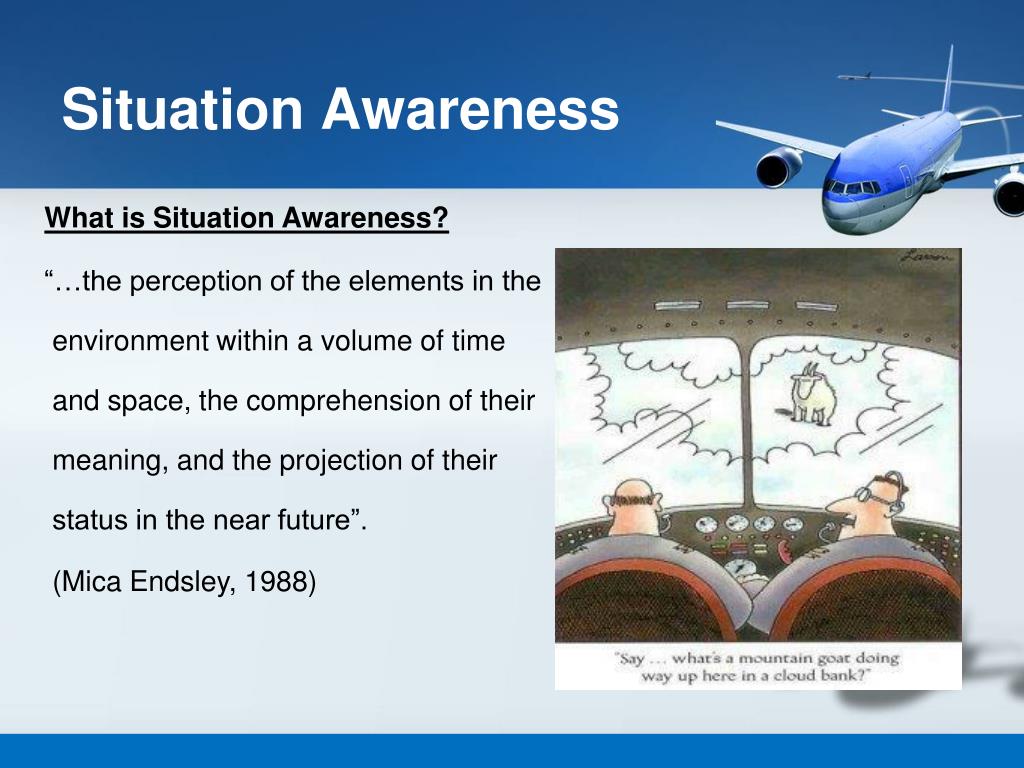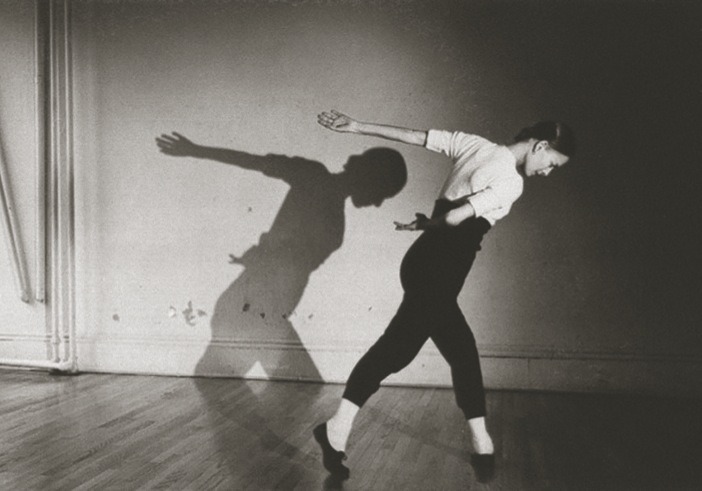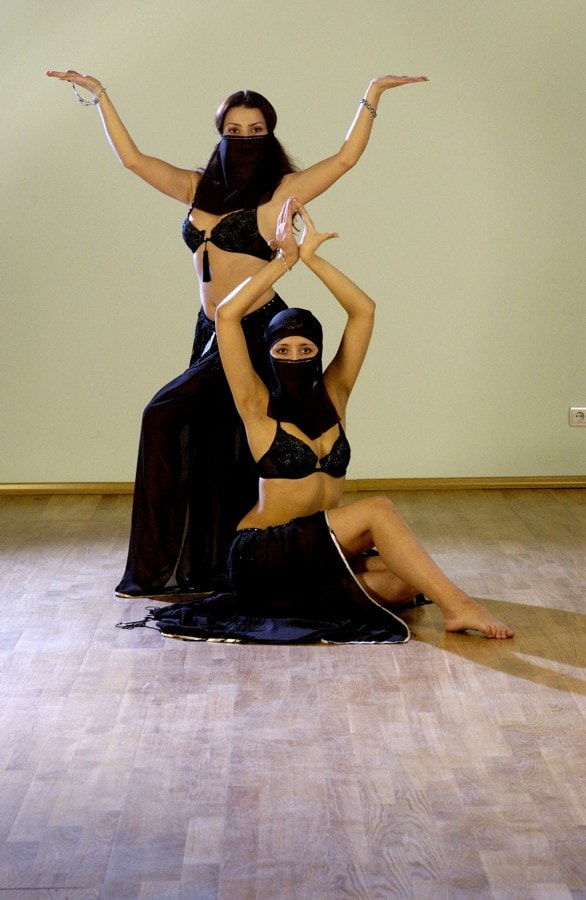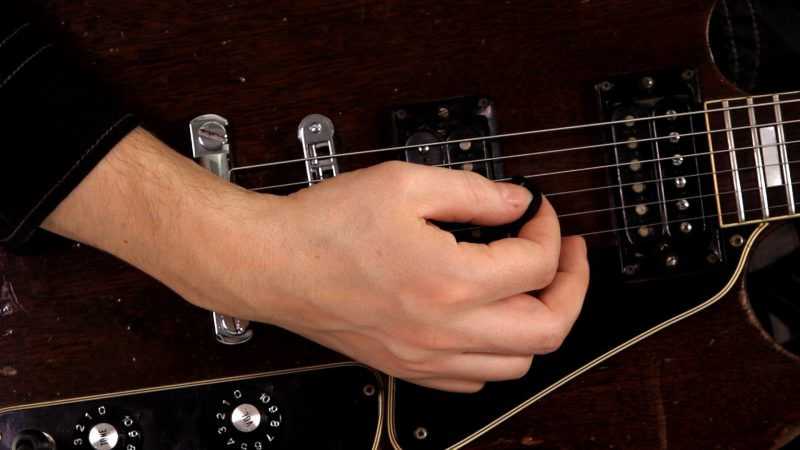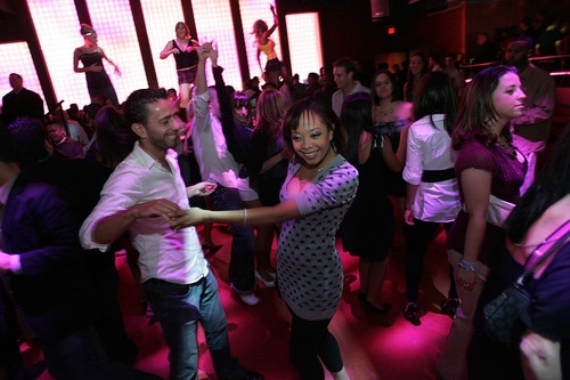How to improve spatial awareness in dance
Spatial awareness, your secret weapon as a dancer
When people first learn to dance, they are focused entirely on where to place the feet and what to do with the hands. It can be overwhelming at times. As they get more experienced, their focus moves beyond those basics to technique, musical timing, and leading or following. But one powerful aspect of dancing is often overlooked: the magic of spatial awareness.
Ballroom and Latin dances move around the floor, often in haphazard ways. Since the different couples on the floor are not doing identical step patterns at the same time, those movements can often conflict with other couples. At times, especially when you have multiple high-level competitive couples dancing a high-energy dance like Quickstep, it can seem almost a miracle that they don’t crash into each other more often!
Collisions are fairly common in ballroom dancing, but usually they aren’t a major concern. Yet I have seen people get in trouble, and suddenly they find themselves getting really familiar with the floor. I was even purposely tripped by another competitor during Slow Foxtrot in a Championship level competition. He saw me coming, looked right at me and stuck his foot out at the last second so that I would trip over it. Which I did. Fortunately, I was prepared enough to avoid a fall.
One year, during a competition event, multi-time professional ballroom champion Hazel Newberry was struck in the nose so hard that her nose began bleeding. She continued to dance, unfazed by the event.
So yes, collisions do happen, but the goal is to minimize these occasions. And that takes spatial, or situational, awareness.
Without awareness of the space around us, we can seem to others like a bull in a china shop. They have to watch out for us, which elevates the difficulty and stress level of everyone else on the floor. It’s similar to the way you feel when you’re driving and come across another driver who seems to be oblivious to the vehicles around him or her.
At times, especially fast dances, it can seem almost a miracle that couples don’t crash into each other more often!
Spatial awareness is much more than just trying to avoid collisions. It’s an essential element in being able to apply floor craft, that ability to instantly move into a different step pattern than you one you initially planned, based entirely on the changing space around you.
It’s an essential element in being able to apply floor craft, that ability to instantly move into a different step pattern than you one you initially planned, based entirely on the changing space around you.
The top couples are masters of spatial awareness. I recall watching a Paso Doble a few years ago at the Canadian Championships, where national champs Anton and Antoinetta saw the space where they were planning to go fill in and masterfully switched to a series of side Chasses to avoid the obstacles, then continued on with their routine. To do something like this so fluidly in Paso requires an intimate knowledge of the musical phrasing, the skill to know how to replace your planned step pattern with another of the same number of beats, as well as awareness and complete trust by the lady.
Likewise, at the NDCC 2019 Canadian Championships in Gatineau Quebec, our national champions Richard and Claire, dancing a Slow Foxtrot, suddenly had another couple cut directly in front of their movement.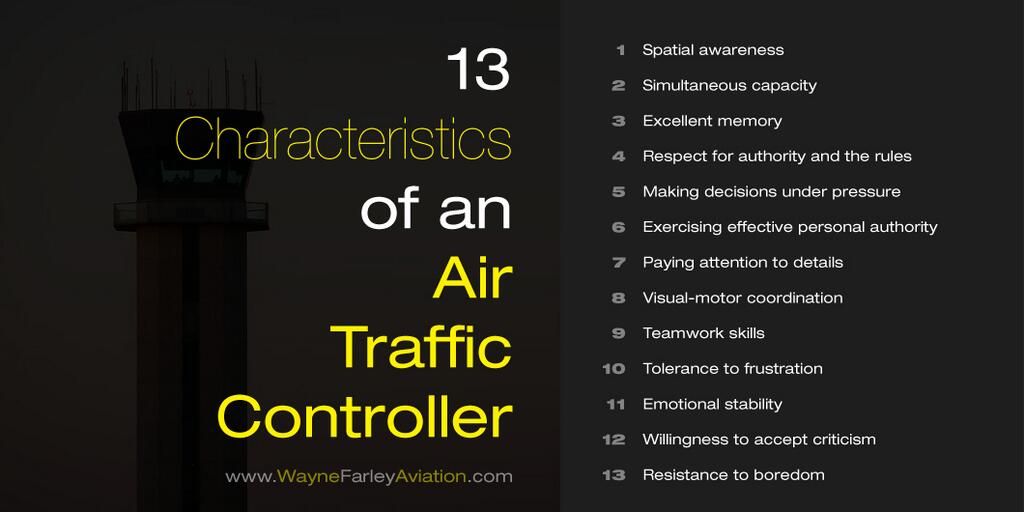 Richard applied a Top Spin so smoothly and effortlessly that it looked like as if they had rehearsed exactly the same sequence a hundred times. It was beautiful to watch, an example of the highest level of skill in ballroom dancing.
Richard applied a Top Spin so smoothly and effortlessly that it looked like as if they had rehearsed exactly the same sequence a hundred times. It was beautiful to watch, an example of the highest level of skill in ballroom dancing.
Learning spatial awareness takes time and effort. Like any skill, you have to apply yourself to this with deliberate effort and practice.
When we were actively competing, one of our coaches would run drills where he would move around the floor to purposely get in our way while a number of couples were actively dancing. He would make it even more challenging by asking us questions at the same time, so that we would need to think of multiple things at once: our space on the floor, answering the question, the step patterns we were dancing, and our technique! It was great experience.
Eventually I was able to practically feel the air behind me, hearing the rustle of fabric or the brush of shoes on the floor to determine not only if someone was behind me, but how far away and what direction they might be moving, all of it while still dancing full out.
How do you become spatially aware?
The first step is to use your head to actually see what’s going on around you. There’s nothing wrong with looking around before starting a move that might cause problems behind you. Some step patterns, like There and Back in Cha Cha, require a quick look before you lead the figure. In fact, you need to know that there’s space behind your partner and yourself!
So keep your head on a swivel, especially on a crowded floor. Just don’t compromise your posture in the process.
Next, start to become aware of how others on the floor are using their space. You may find that some couples move more than others. If so, you may need to become more alert to where those fast-moving couples are. If you can’t see them anywhere in your line of sight, chances are they are behind you.
If you engage in competitor practice sessions, you might find yourself dancing with the same people frequently. In that case, take note of how their routines move in relation to yours.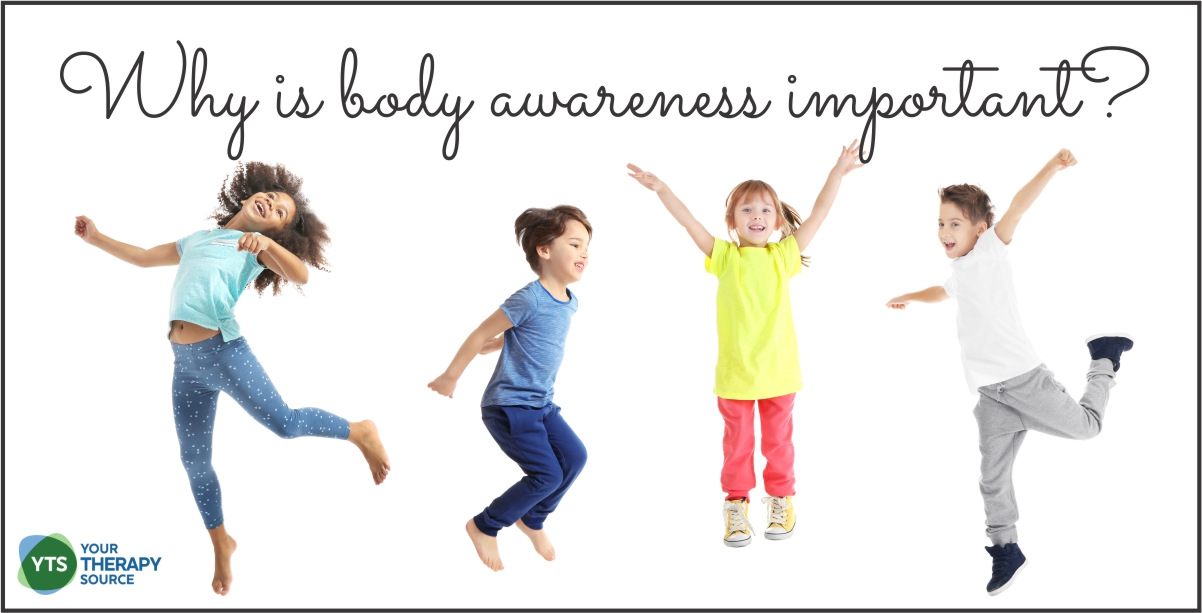 Start on the same side as they start to see if you end up getting into space issues. If so, switch those dances to start on the opposite corner to avoid trouble.
Start on the same side as they start to see if you end up getting into space issues. If so, switch those dances to start on the opposite corner to avoid trouble.
Eventually, with practice, you will begin to recognize how different step patterns fill up space and how much time you might have before an open space becomes a recipe for collision. Some patterns are danced frequently, so you can almost assume that if a couple is dancing a Fallaway Reverse Slip Pivot in Waltz, they are likely to continue with rotational figures like Double Reverse Spin, and then an Oversway. This gives you clues as to where the space will be a few seconds from the start of the sequence, and where space is likely to be filled.
The Partnership at work
One of the most important issues in managing spatial awareness is that of working together as a couple. Follows, do not hold back your lead when you notice a potential issue! I’ve had many ladies in social dancing slam on the brakes long before a potential collision, because they didn’t trust me to deal with what was happening behind me.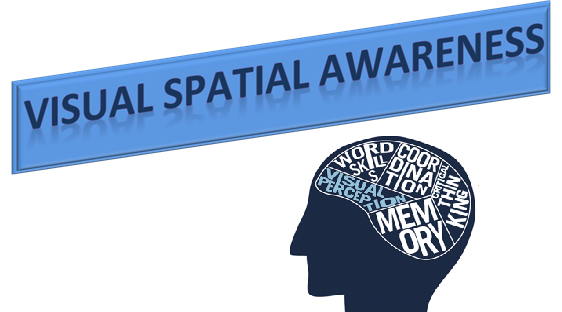 When you freeze up and stop your partner you are not only showing a lack of trust, but also making it impossible for him to do whatever he may have been planning in order to avoid the problem. The best thing a follow can do is to gently squeeze the arm or connecting hand to indicate a potential issue and let him handle it.
When you freeze up and stop your partner you are not only showing a lack of trust, but also making it impossible for him to do whatever he may have been planning in order to avoid the problem. The best thing a follow can do is to gently squeeze the arm or connecting hand to indicate a potential issue and let him handle it.
If you’re serious about developing your skills as a ballroom or latin dancer, put some extra effort into developing your spatial awareness. You’ll find greater enjoyment in your dancing, as you become much more skilled at maneuvering around the floor. Best of all, others will love sharing the floor with you.
You may also like The lost art of floor craft
Tags:
awarenessmovement
Tips to Develop Body Awareness in Dance
Now that you've read about dance musicality, we can dive into body awareness!
The more you familiarize yourself with your body, the more control will have over it.
That's why understanding and developing your body awareness is essential for building your dance foundation.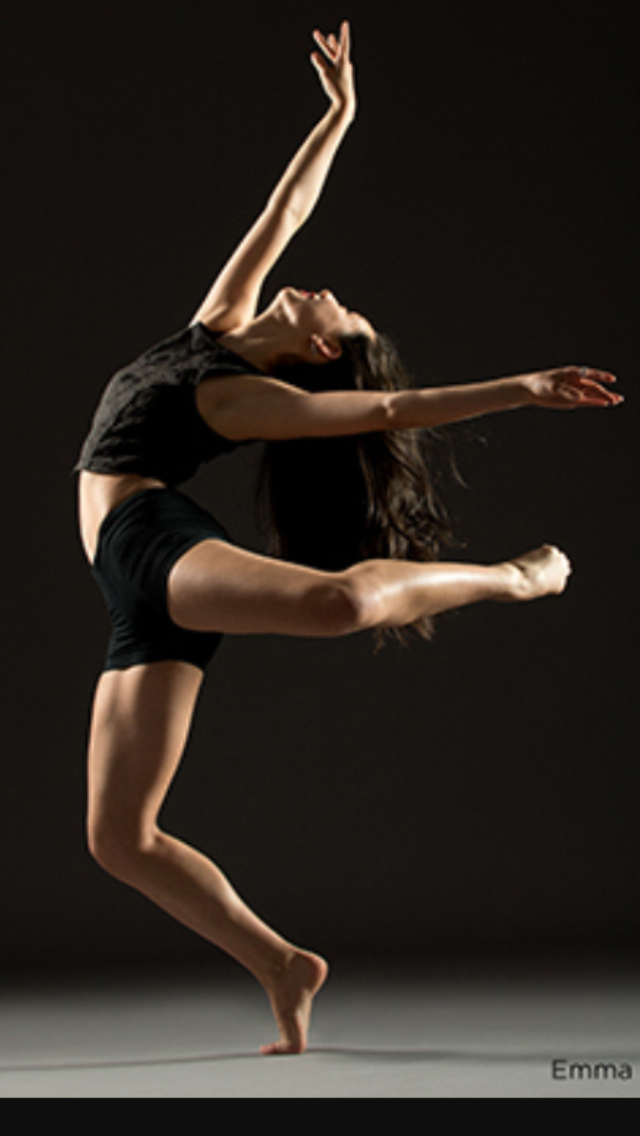
Body awareness in dance
Have you ever taken a yoga class?
If you have, then you'll know that a big objective of yoga is simply to be present – in the mind, and the body.
By doing so, you're bringing together your mental and physical parts.
Similarly, as a dancer, your mind and body must be working together – your mind is the part that understands the music and the intent behind the movement, and your body is the actual tool for moving.
How to improve body awareness? Follow this tip:
Lay on the floor, and close your eyes. (Turn on some light music here, if you want.)
Go through this list of body parts, and focus your thoughts and feelings on each one.
Flex or move the part to draw more attention to it.
Once you feel fully comfortable with where it is and what it feels like, move on to the next one.
- Arms
- Shoulder
- Forearm
- Wrist
- Fingers
- Fingertips
- Legs
- Thigh
- Knees
- Calves
- Ankles
- Feet
- Toes
- Hips *Try rotating them in and out
- Chest
- Upper chest
- Core (tummy area)
- Lower abdomen
- Neck *Try turning your neck, and also rolling it clock- and counter-clockwise
It sounds almost too easy to be effective – but the key here is not the difficulty of the movement (which is obviously very minimal).
The key is how familiar you're becoming with these body parts, which requires a surprisingly great deal of focus.
Muscle memory starts with muscle awareness!
Body placement in dance
Cool, so we're getting to know what each part of body feels like in a resting position.
Let's create some pictures to explore how our bodies look and feel in certain placements.
We'll be using 3 main ideas for these exercises:
- Focus
- Posture
- Angles
Focus on your body
What "focus" refers to in dance is the direction your face is facing.
Timed right with a committed facial, your focus has the power to make or break a piece.
Whatever pose you're holding or pathway you're moving through, your focus is most commonly straight to the mirror (not the greatest habit, but it's good to watch yourself at first, when developing body awareness), to the right, to the left, up, down – and to varying degrees.
For example, "right 45" can refer to turning your face toward the right, but only halfway from directly ahead and your right side.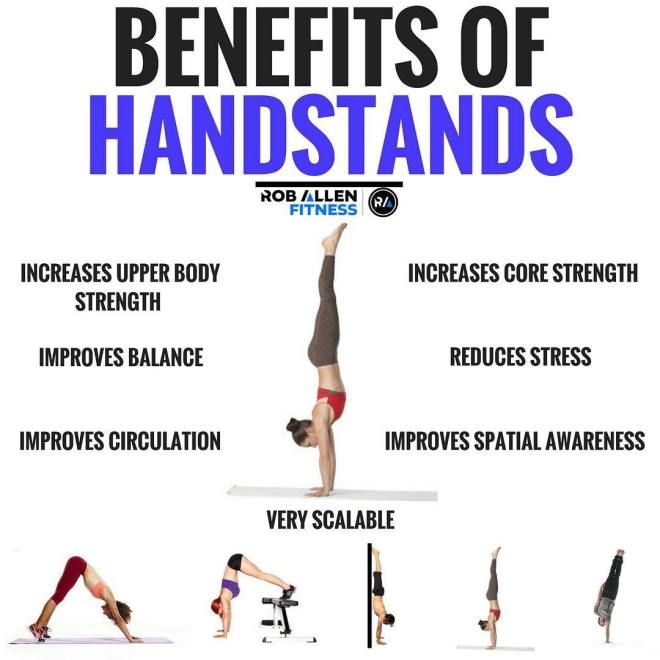
"Down left 45" signals looking slightly toward the left, with your chin pointed down, so that your eyes are aimed at the bottom corner of the wall.For a 2-D visual, think back to math class, and imagine the wall in front of your face being a giant x-y plane.
The corners of the room are the "diagonals" ("45s," and the ends of the x-axis is the left/right, the y-axis, the up-down.
Try these body awareness activities:
Stretch your neck to the rhythm of a song, by looking to the
- right, left, right left, ↔ then switch to
- up, down, up, down ↕
- then hit the diagonals! ⤢⤡
- then roll your neck around so your eyes are making a big circle ⤿ and switch directions ⤾
Focus changes will flow naturally as you learn choreography, but sometimes the choreographer will specify certain pictures and combos to have a certain focus.
Angles and pictures
The "angles" of your body parts, and the "pictures" they make with your body, are like the action shots that you see from competitions.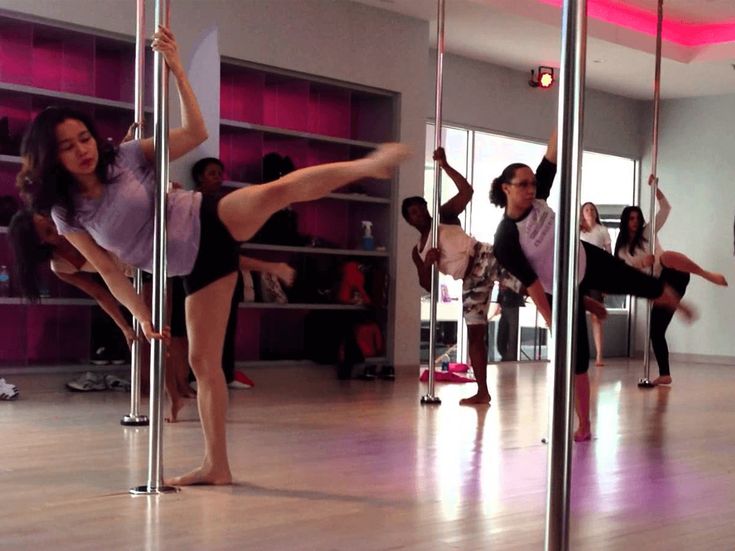
Such. Clean. Lines!
Think of choreography as having points – Points A and B in the graphic below are the "pictures," and the in-between movement is called the "pathway.
Try this:
Extend your arms straight ahead of you, parallel to the floor. Now, bend at the elbows, creating a perpendicular angle.
Now, extend your arms to the left and right, straight out to each side. Reach as far as you can, through your fingertips!
Bend again at the elbows, folding your arms so that your hands are by your clavicles.
Mix up these different "angles" of arms, memorizing how each feels.
It'll help you be a "cleaner" dancer in the long run, knowing exactly how these basic pictures are supposed to feel.
Add different angles to the mix, like diagonal arms, rotating your shoulders, etc.
Flex your limbs as you execute each picture, to really solidify it in your memory.
Bet you’re itching to move some more.
Now that we did all the nitty gritty of understanding your body, we can move on to Section 3: Executing movement!
Top 3 Spatial Thinking Exercises
When you're looking for the right street, parking your car, or creating a chart for a report, you're using spatial thinking. Well-developed thinking also helps to solve geometric problems, develop three-dimensional objects, write books or draw pictures. Simply put, this is the ability to navigate the terrain without the use of auxiliary means, to create spatial images, to think in images. Without this ability, our consciousness will not function fully.
Before starting the exercise for the development of thinking, try to self-diagnose your level of imaginative thinking. To do this, you need to analyze your skills according to the following parameters:
- Stand in front of a large mirror and try to identify indoor items.
- Imagine an empty apartment or room, try to equip it, place furniture and interior items.
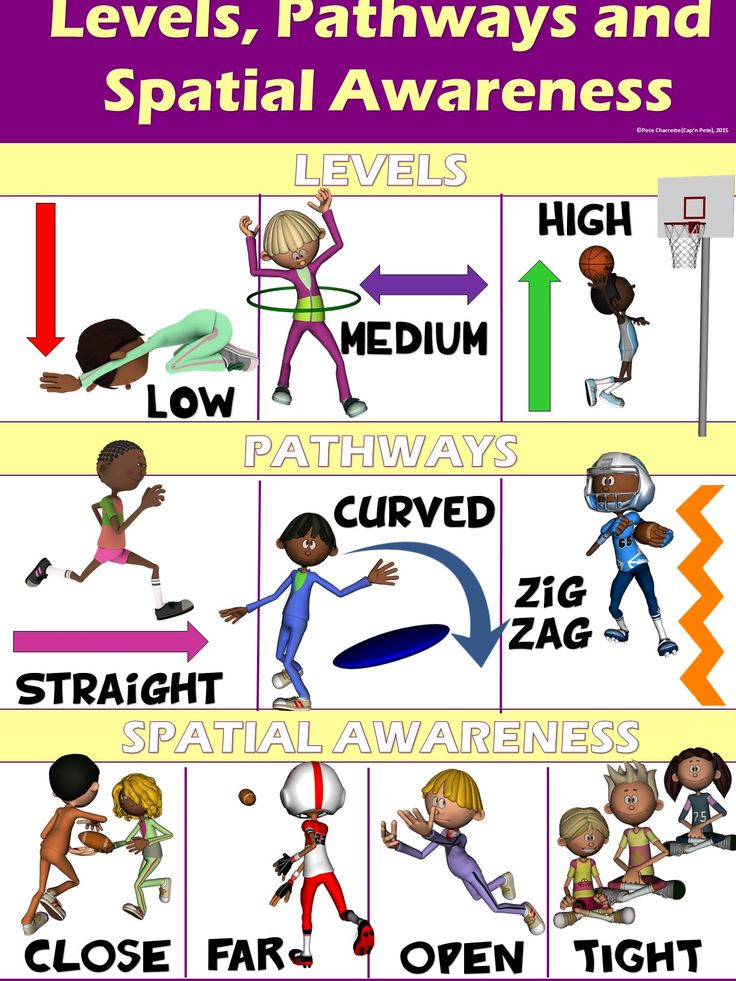 Then turn the furniture room 90 degrees, keeping everything in place.
Then turn the furniture room 90 degrees, keeping everything in place. - Imagine that you are going to go to an unfamiliar place, try to mentally place the location of objects on the map.
- Open any picture, examine it and then close your eyes. Describe what is on it. Flip the picture upside down. The elements in the painting must remain in place.
If you failed to complete the tasks, do not be discouraged. Thinking can be developed both in early childhood and in adulthood. Spatial thinking can be improved with the help of special techniques. Let's look at exercises that will help correct thinking in both an adult and a student.
These exercises do not require special equipment or space, and you can do them at any time that suits you.
- When you have lunch in a cafe or shop in a store, choose a person and look at his image in detail. A few hours later or in the evening before going to bed, remember what this person was wearing.
- Take any item (toy, book, cream).
 Consider all the details carefully. Remove the object and close your eyes, describe all the elements of the object. Then compare what you described with the real thing.
Consider all the details carefully. Remove the object and close your eyes, describe all the elements of the object. Then compare what you described with the real thing. - Imagine any animal. Describe mentally what this animal looks like. Then reflect on what this creature does, what benefits it brings. For example, if you imagined a dog, then imagine how he plays with you and wags his tail with joy, how he guards your house. Think about it like you're watching a movie.
The development of spatial thinking directly depends on interhemispheric interaction. If you want to shape your thinking but don't know where to start. Take the free course "Personal Responsibility for Result: Result-Oriented Thinking". Result-oriented thinking helps you achieve goals faster, solve problems consciously, and use available resources wisely. It is personal abilities, psychological characteristics and character that directly affect the formation of rational thinking. After training, you will be able to independently develop a map of your growth points and learn to focus on achieving results, you will be able to complete tasks faster and better.
Dancing and its health benefits
It is now very easy to get many health benefits from dancing. Classes for beginners, for adults with or without partners, are widely available at dance studios, community centers and many gyms. Salsa, swing, hip hop, jazz, ballroom, belly and ballet. It doesn't matter which dance you like. As long as you move to the beat, your body benefits.
Dancing makes exercise fun, requires no special equipment and is suitable for all ages. And whether you want to lose weight, lift your spirits, stay flexible, or keep your mind sharp, dance will do it all. Five, six, seven, eight!
Source: 4dancing.ruDancing is a total body workout
Dancing provides an excellent low-impact aerobic workout. Like other aerobic exercises, dancing strengthens the heart, lungs, and circulatory system. A variety of movements improve core strength, coordination, balance, flexibility, muscle tone, and spatial awareness. Unlike other aerobic exercises such as running, most dances can be easily modified to fit different physical limitations.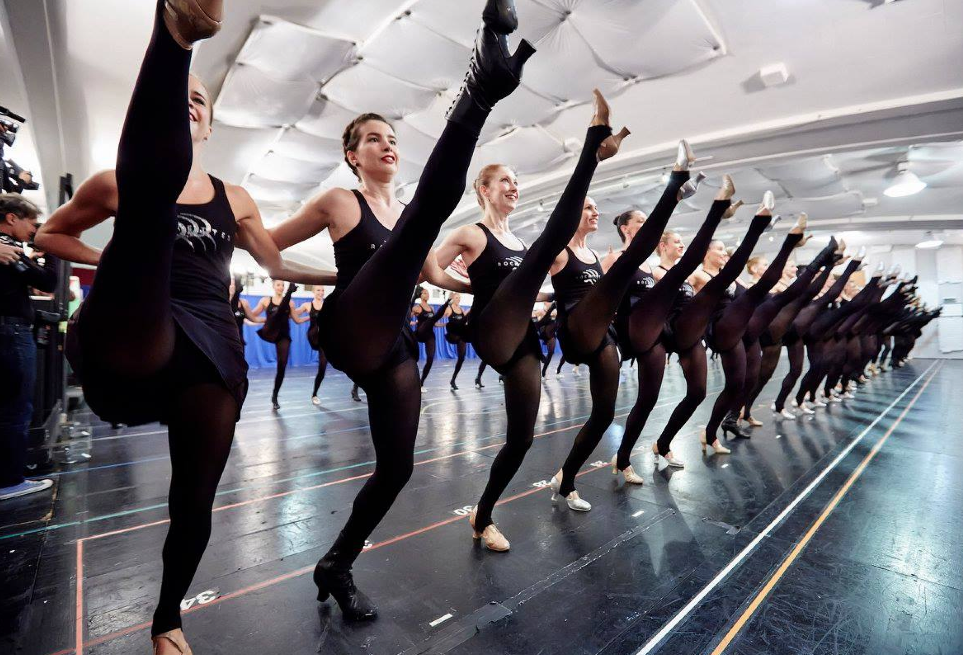
Dancing helps you lose weight
Dance styles that require fast movement, such as salsa or swing, can help you lose weight. If you're trying to lose weight through dancing, be sure to choose a style that requires intense movement. Put all your energy into it and do it often. Dancing can help you reach your goal. At least 10,000 steps per day helps control weight. One study showed that participants in a quadrille walked the equivalent of 8 km in one night.
Source: muzgazeta.comDancing improves your mental abilities
Researchers have found that memorizing dance steps and synchronizing with the rhythm of the music increases blood flow to the brain, which you get during any form of physical activity. The growth of new neurons activates connections between existing ones.
Dancing lifts your spirits
Research has shown that touching your loved one during cha-cha in the dance hall or at a wedding reception lowers your blood pressure and heart rate.